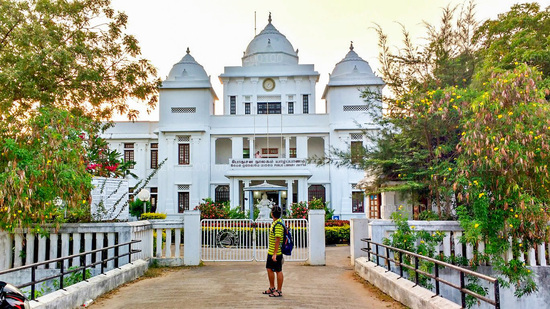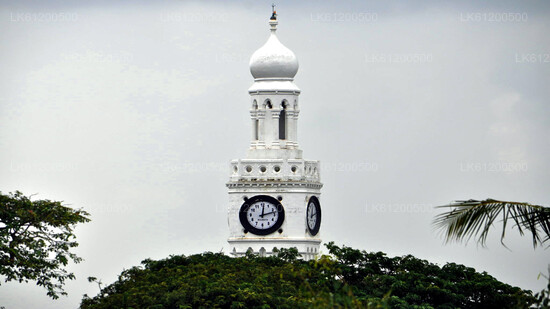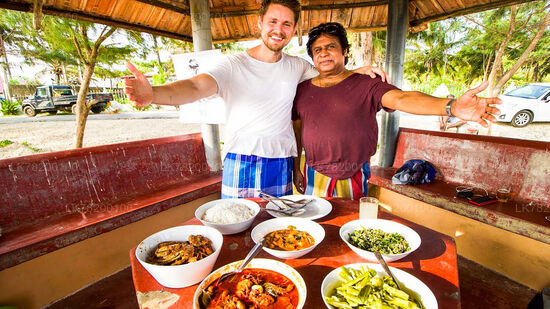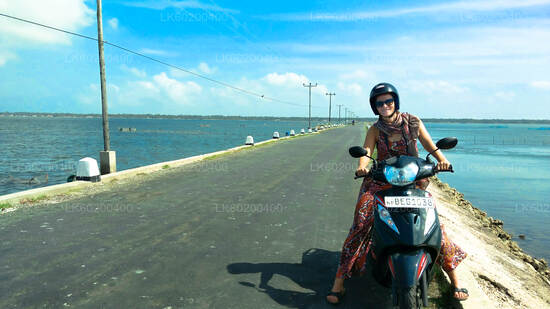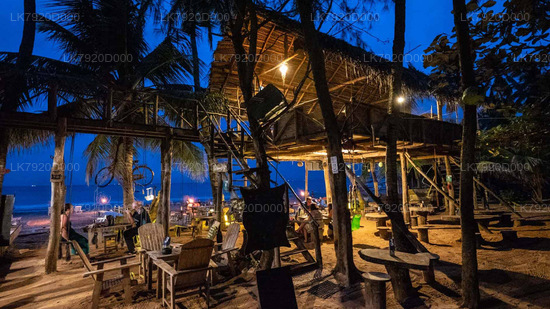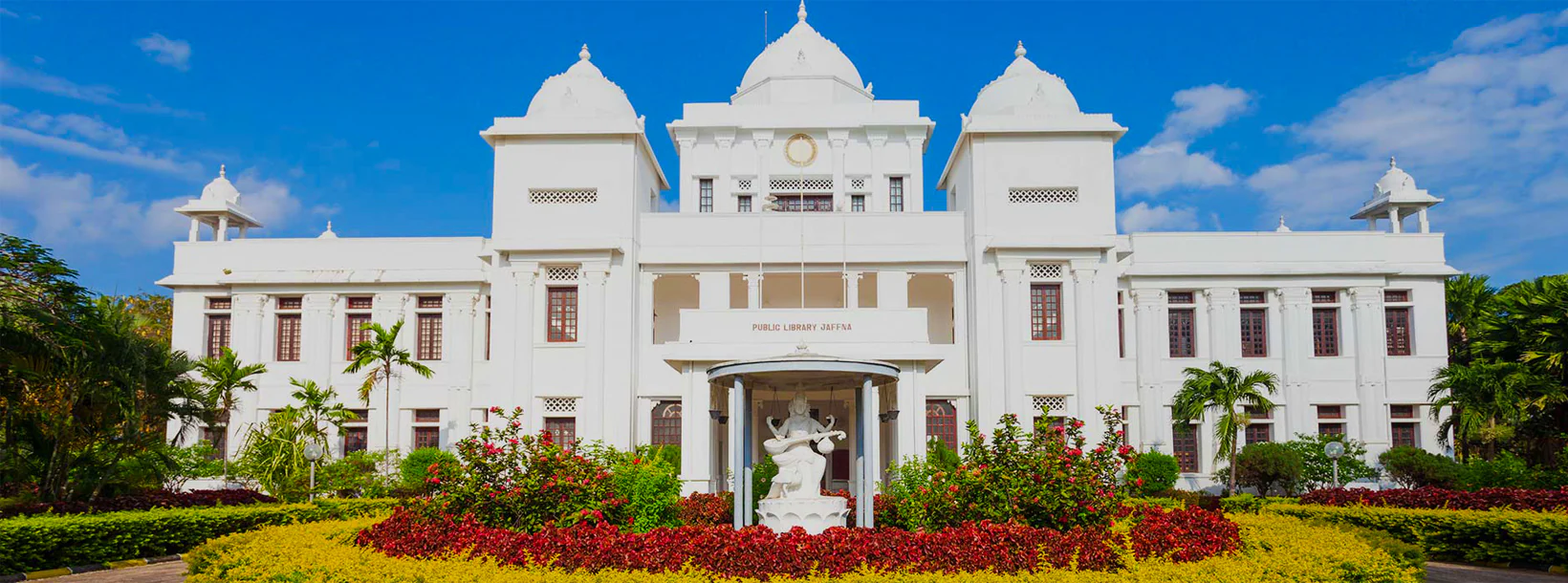
Jaffna City
Jaffna is the main city of Jaffna peninsula in the northernmost district of Sri Lanka. Comfortable intercity busses from Colombo take 10-12 hours to reach the city of Jaffna.
Casuarina Beach
Casuarina Beach is in Karainagar, Jaffna District, Sri Lanka, about 20 kilometers from Jaffna. The Casuarina Beach in Karainagar is also called and written as Casoorina, Cashoorina and few other variants. This is considered to be the best beach in the Jaffna Peninsula with white sand.
The beach got its name due the Casuarina Trees along the beach. The beach lies about 20 km off Jaffna and may take about 45 minutes to travel by a vehicle.
Casuarina Beach in Karainagar is known for its natural beauty. It features a long stretch of golden sandy shoreline that is fringed with casuarina trees. These trees provide shade and create a scenic backdrop, adding to the beach's charm.This beach is relatively secluded and less crowded compared to some of the more popular tourist spots in Sri Lanka. The peaceful ambiance makes it an excellent choice for those seeking a tranquil getaway.The calm and clear waters of Casuarina Beach are ideal for swimming. The gradual slope of the shoreline into the sea makes it a safe spot for both experienced swimmers and beginners
Like many coastal areas, Casuarina Beach in Karainagar offers stunning sunset views. Watching the sun set over the Indian Ocean is a memorable experience, and the beach provides an ideal vantage point.
Casuarina Beach in Karainagar, Jaffna District, Sri Lanka, offers a serene and natural escape, with a unique blend of coastal beauty and cultural richness. It's a place where visitors can relax, enjoy the scenic surroundings, and immerse themselves in the local culture and traditions of this region of Sri Lanka.
About Jaffna District
Jaffna is the capital city of the Northern Province, Sri Lanka. 85% of the populations of the Jaffna and Kilinochchi districts are Hindus. The Hindus follow the Saivite tradition. The remainders are largely Roman Catholics or Protestants, some of whom are descendants of colonial settlers, known as Burghers. The Tamils are divided along caste lines, with the farmer-caste Vellalar forming the majority. Sea products, red onion, and tobacco are the main products in Jaffna.
Jaffna is home to beautiful Hindu temples. An Old Dutch Fort still stands well preserved within which is an old Church. Another example of Dutch architecture is the King's House. No visit to Jaffna is complete without tasting the exquisite Jaffna mango, reputed for its sweetness. About 3 km away is the majestic Nallur Kandaswamy Temple, home to the largest religious festival in Jaffna. The Kayts Harbour is an ancient ship docking site in the Jaffna region.
About Northern Province
The Northern Province is one of the 9 provinces of Sri Lanka. The provinces have existed since the 19th century but they didn't have any legal status until 1987 when the 13th Amendment to the 1978 Constitution of Sri Lanka established provincial councils. Between 1988 and 2006 the province was temporarily merged with the Eastern Province to form the North-East Province. The capital of the province is Jaffna.
Northern Province is located in the north of Sri Lanka and is just 22 miles (35 km) from India. The province is surrounded by the Gulf of Mannar and Palk Bay to the west, Palk Strait to the north, the Bay of Bengal to the east and the Eastern, North Central and North Western provinces to the south.The province has a number of lagoons, the largest being Jaffna Lagoon, Nanthi Kadal, Chundikkulam Lagoon, Vadamarachchi Lagoon, Uppu Aru Lagoon, Kokkilai lagoon, Nai Aru Lagoon and Chalai Lagoon.Most of the islands around Sri Lanka are to be found to the west of the Northern Province. The largest islands are: Kayts, Neduntivu, Karaitivu, Pungudutivu and Mandativu.
The Northern Province's population was 1,311,776 in 2007. The majority of the populations are Sri Lankan Tamils, with a minority Sri Lankan Moor and Sinhalese population. Sri Lankan Tamil is the major language spoken in the province by the vast majority of the population. The other language spoken is Sinhala by 1 percent of the population. English is widely spoken and understood in the cities.




